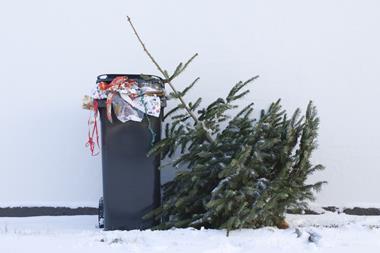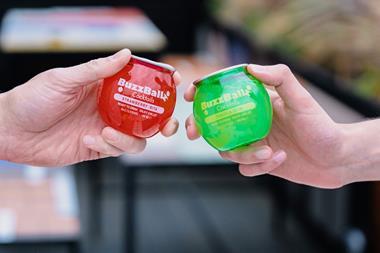If 1990s dance group D:Ream had written their smash hit today, it would have been considerably less uplifting. Because with Britain facing its highest level of inflation in 40 years, the heady optimism that ‘things can only get better’ is as outdated as frontman Pete Cunnah’s tartan suit.
In fact, things are going to get much worse before they get better, according to Sainsbury’s boss Simon Roberts, who yesterday revealed the retailer’s investment to keep its prices competitive would top half a billion pounds.
Sainsbury’s isn’t the only major retailer vowing to help its customers deal with the cost of living crisis. Both Asda and Morrisons announced multimillion-pound investments in price cuts last month. Having faced criticism from anti-poverty campaigner Jack Monroe, Asda also this week began rolling out its new Just Essentials range to help families access nutritious food, no matter their budgets.
But with supply chain costs running out of control, the mults have a battle on their hands to keep food affordable. Indeed, Tesco has been pulling own-label products out of its Aldi Price Match campaign in order to put up the price, analysis for The Grocer revealed earlier this month.
And while Assosia data for The Grocer suggests the price of value ranges across the big four have remained relatively in check over the past year – with a basket of budget items rising 0.3% in the year to May vs 13.5% for a basket of standard alternatives – the latest data from the ONS paints a bleaker picture across the wider grocery sector.
Assessing online prices across 30 food and non-alcoholic drink items at seven major supermarkets, it found Britain’s cheapest groceries were rising at a similar rate to overall food inflation, which is currently running at 6.7%.
Prices for some store cupboard essentials are surging even faster, with value pasta up 50% on avearge, according to ONS – though it stressed its price analysis was “experimental”.
As some of the nationals have pointed out, the ONS data doesn’t quite confirm fears that prices for the cheapest food items are rising much faster than other groceries. But that’s a bit of a moot point. Because a 7% hike in the cost of food will still hit households with the least disposable income the hardest.
According to recent research by Shopmium, over a third (38%) of Brits have seen their disposable income slashed by 10% since the beginning of the year – and almost half of those surveyed (43%) said they were buying and eating less food as a result of surging prices.
That echoes a study by charity the Food Foundation earlier this month, which found there had been a 57% jump in the proportion of households cutting back on food or missing meals altogether in just three months.
Over the past month, 12.8% of households (6.8 million adults) had eaten smaller meals than usual or skipped meals because they couldn’t afford or get access to food, it found. Meanwhile, 8.8% of households (4.6 million adults) had not eaten despite being hungry because they couldn’t afford or get access to food.
Almost 2.5 million adults had not eaten for a whole day because they couldn’t afford or get access to food.
It’s all pretty sobering stuff. And with energy and food bills set to continue rising in coming months, Roberts was right to warn the cost of living crisis will probably get worse in the short term.
Things will, of course, eventually get better. But with inflation set to remain “uncomfortably” high for the next two years, according to Ian Stewart, Deloitte’s chief economist in the UK, it could be some time yet before we see the revival of an optimistic outlook.




















No comments yet